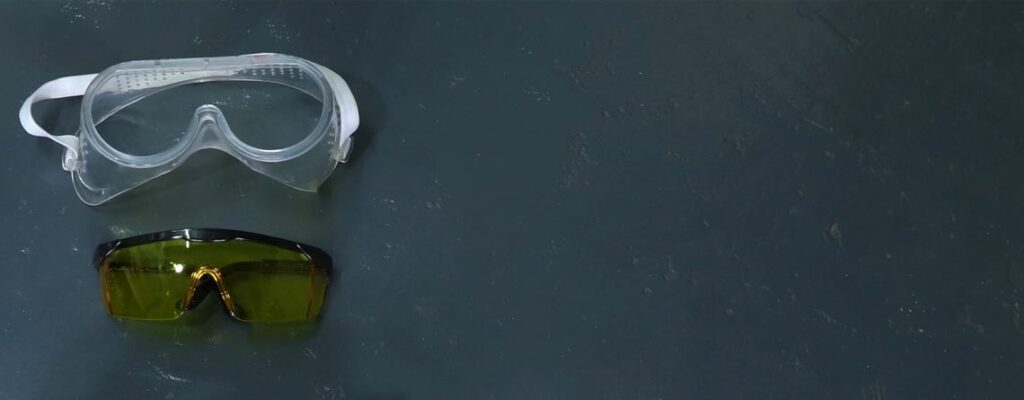- A written health check declaration completed by workers before entry.
- An online health check form completed by workers before entry.
- A verbal check-in, done either in person, virtually, or by phone with every worker, confirming that the worker has completed their daily health check.
- Other forms of a supervised daily health check process based on the above.
Navigating the 2nd Wave of the Pandemic
The rise in COVID-19 cases and new provincial regulations require employers to assess their pandemic safety plans with fresh eyes. Do you know how to maintain safe operations that protect your employees, your customers, and your business? Learn what’s new—and what’s changed—and how to review your safety plan to keep your workplace safe from COVID-19.
In this webinar you will learn
- The impact of the new public health orders on businesses
- What to do if an employee tests positive for COVID-19
- How to revise and strengthen your safety plan to keep the virus out
- New mask requirements for BC and mask policies for the workplace
- Conducting health employee health checks
Webinar Q&A
This depends on your risk assessment. Controls need to be factored in to make this determination – frequency of cleaning, protocols in place (are masks being worn, are occupancy limits being followed, etc.).
Yes they are safe to use.
A mask or face covering can be homemade or purchased, and should:
- be made of at least 3 layers
- 2 layers should be tightly woven material fabric, such as cotton or linen
the third (middle) layer should be a filter-type fabric, such as non-woven polypropylene fabric - be large enough to completely and comfortably cover the nose, mouth and chin without gaping
- allow for easy breathing
- fit securely to the head with ties or ear loops
- be comfortable and not require frequent adjustments
- be changed as soon as possible if damp or dirty
- maintain its shape after washing and drying
Testing is currently available in an optional pilot program at YVR for WestJet domestic flights. Asymptomatic private testing is also available for travel and work purposes by appointment in-terminal and on Sea Island. Details here.
It depends on your risk assessment. We cannot rely only on one type of control, i.e. Masks. Factoring in the hierarchy of controls, a combination of controls are encouraged. We all know masks are not 100% effective, thus having other controls such as occupancy limits, hygiene protocols, in combination of masks can create a bigger impact in reducing the risk of transmission. Carry out a risk assessment for this scenario, and determine what other controls are warranted, and consider what is the acceptable risk to your organization.
In general, while there is plausibility of COVID-19 transmission by inhaled virus in air particularly in crowded, poorly ventilated settings, there is limited epidemiological evidence that this occurs. Specifically, the overall scientific evidence does not indicate that transmission of COVID-19 occurs via HVAC systems at this time. Although viral RNA has been detected in air and HVAC systems, the viability of virus in or infection from air circulated through HVAC systems has not been demonstrated.
Enhancing outdoor air ventilation and good maintenance of HVAC systems will complement other public health measures to reduce COVID-19 transmission, e.g., screening, self-isolation when sick, physical distancing, hand hygiene, respiratory source control, environmental cleaning and disinfection
Good ventilation is important in indoor environments for the general health and comfort of occupants. Optimization of HVAC systems can be done on the basis of best practices for ventilation, as COVID-19 transmission from HVAC systems has not been observed. In general, avoiding stagnant air conditions and ventilating indoor environments with fresh outdoor air, whether by increasing the outdoor air ratio of the HVAC system or by opening windows, will dilute exhaled air from the occupants including any infectious particles. Thus, most guidance encourage ventilation with outdoor air, avoiding recirculation as far as practically possible and ensuring clean filters
It is a requirement for employers to ensure that heating, ventilation and air conditioning (HVAC) systems are designed, operated, and maintained as per standards and specifications for ongoing comfort for workers (Part 4 of the OHS Regulation).
- The restriction of all non-essential travel at the Canada-U.S. border remains in effect
- Travellers to and from the United States going to and from Alaska must proceed directly to their destination and self-isolate during any necessary overnight stops
- International travellers returning to B.C. are required by law to self-quarantine for 14 days and complete the federal ArriveCAN application

